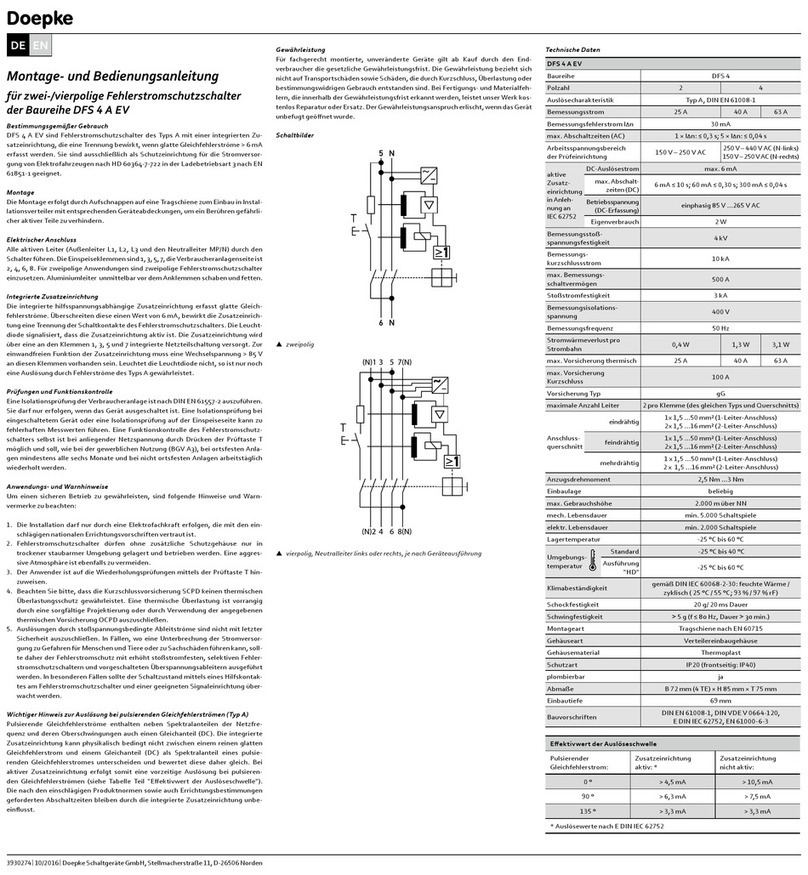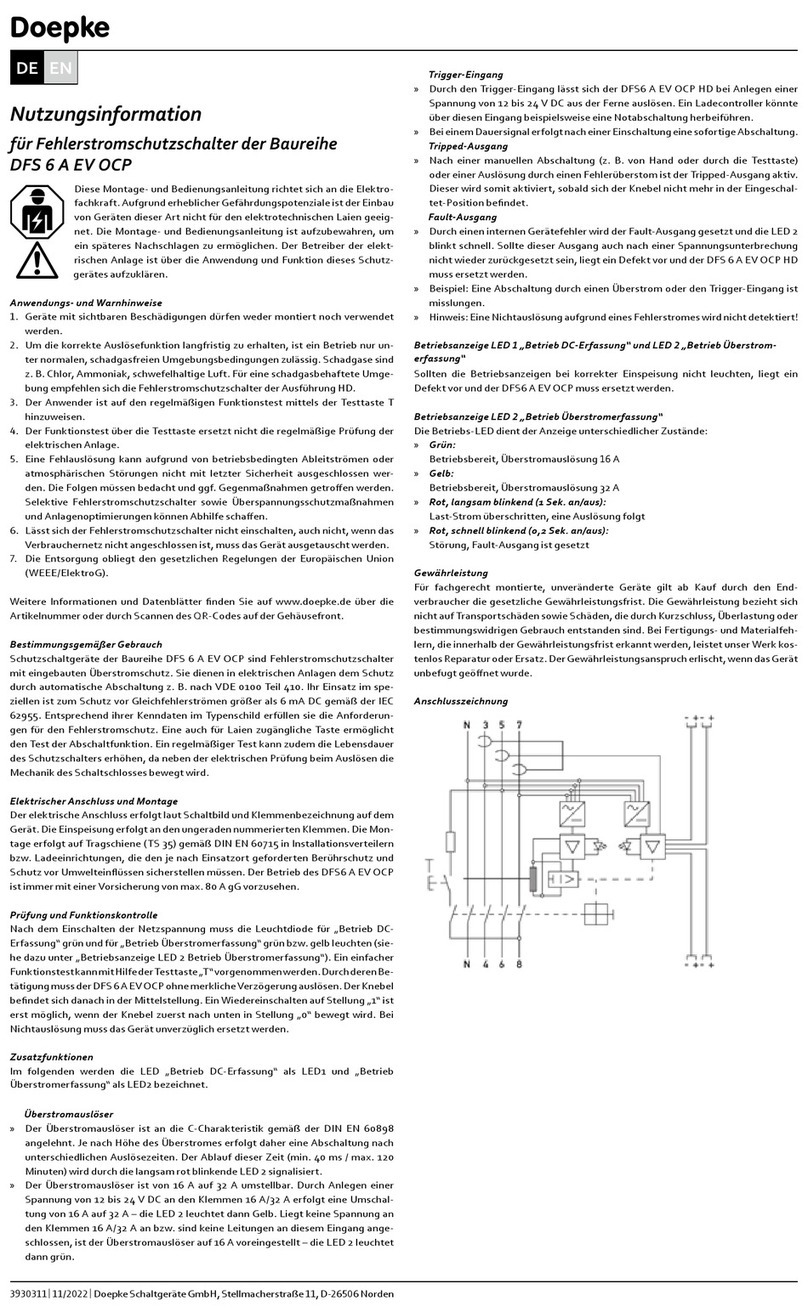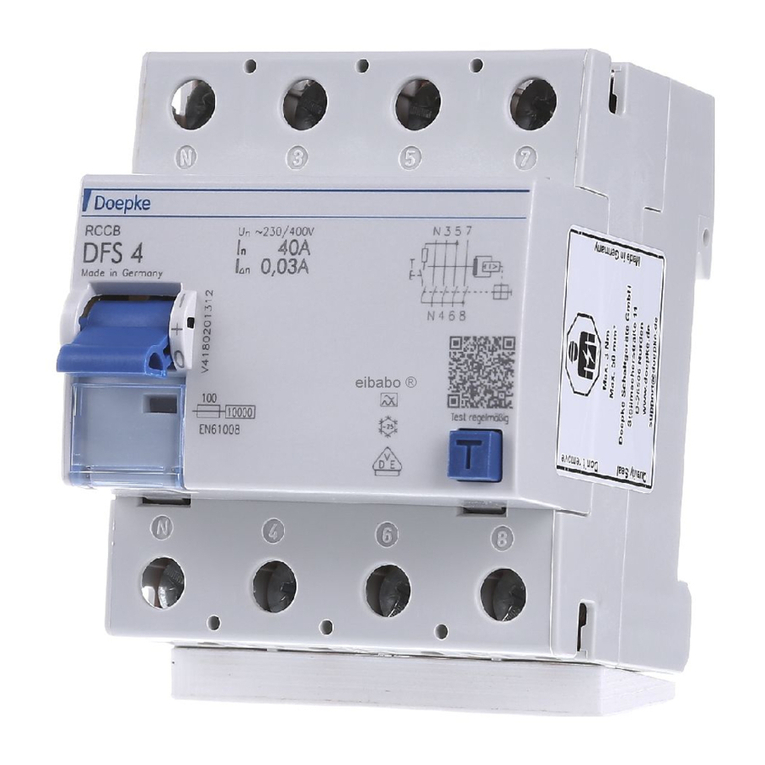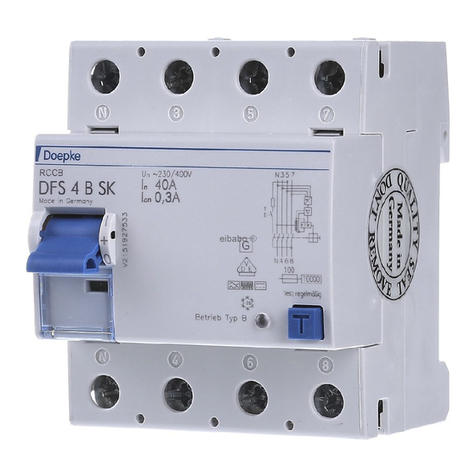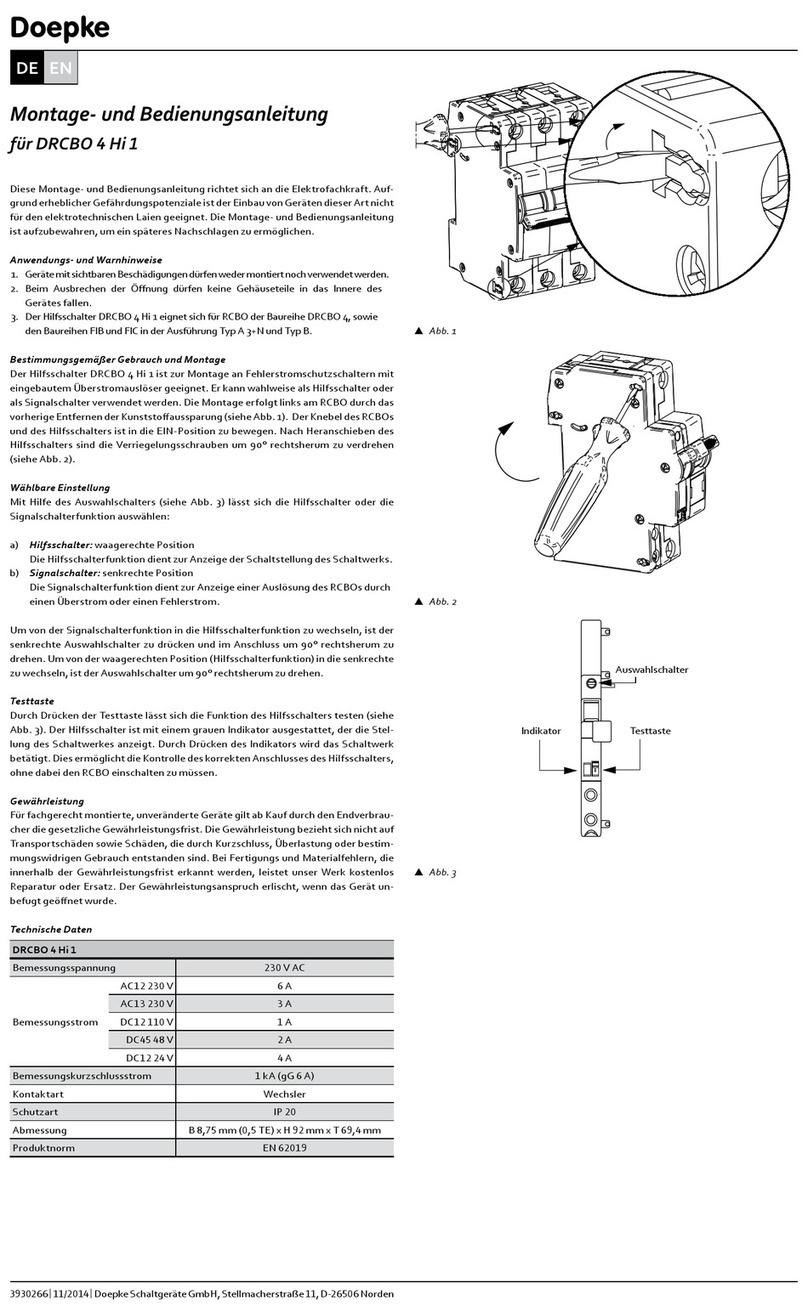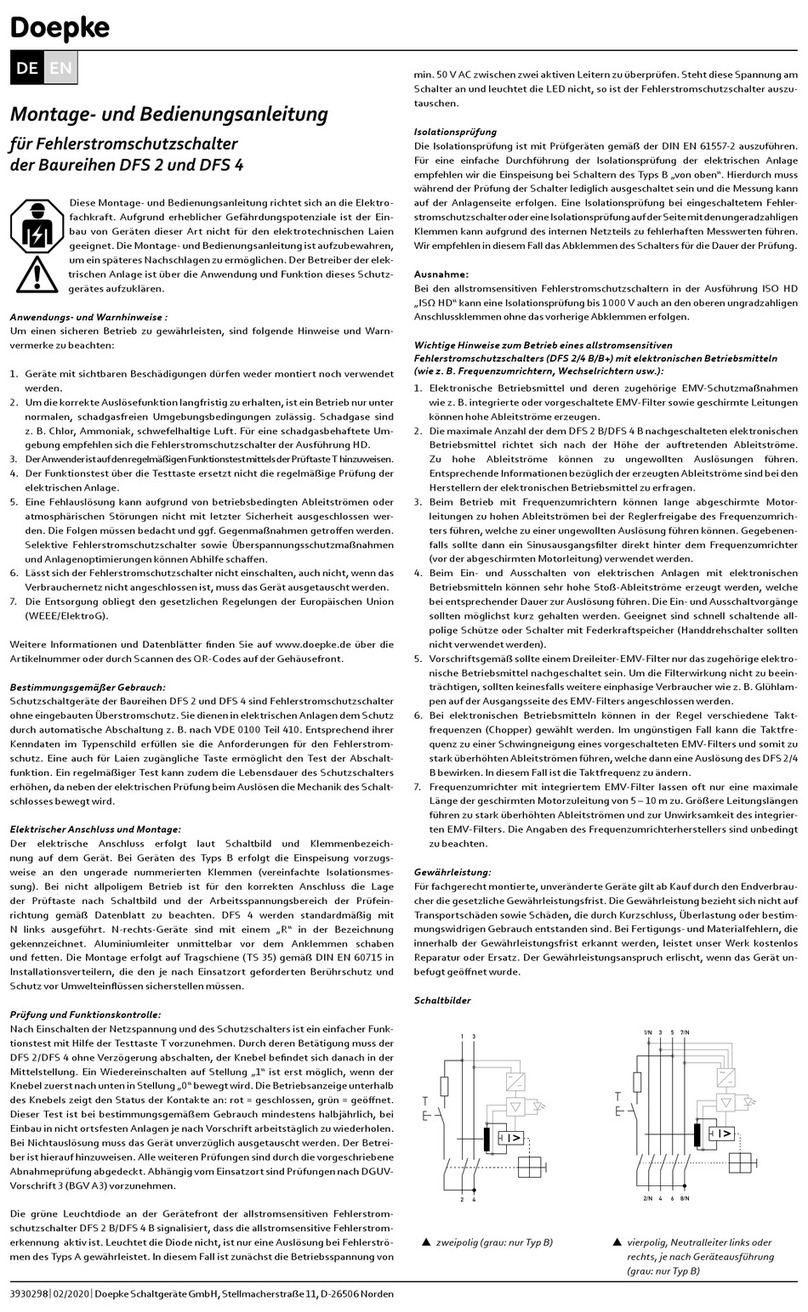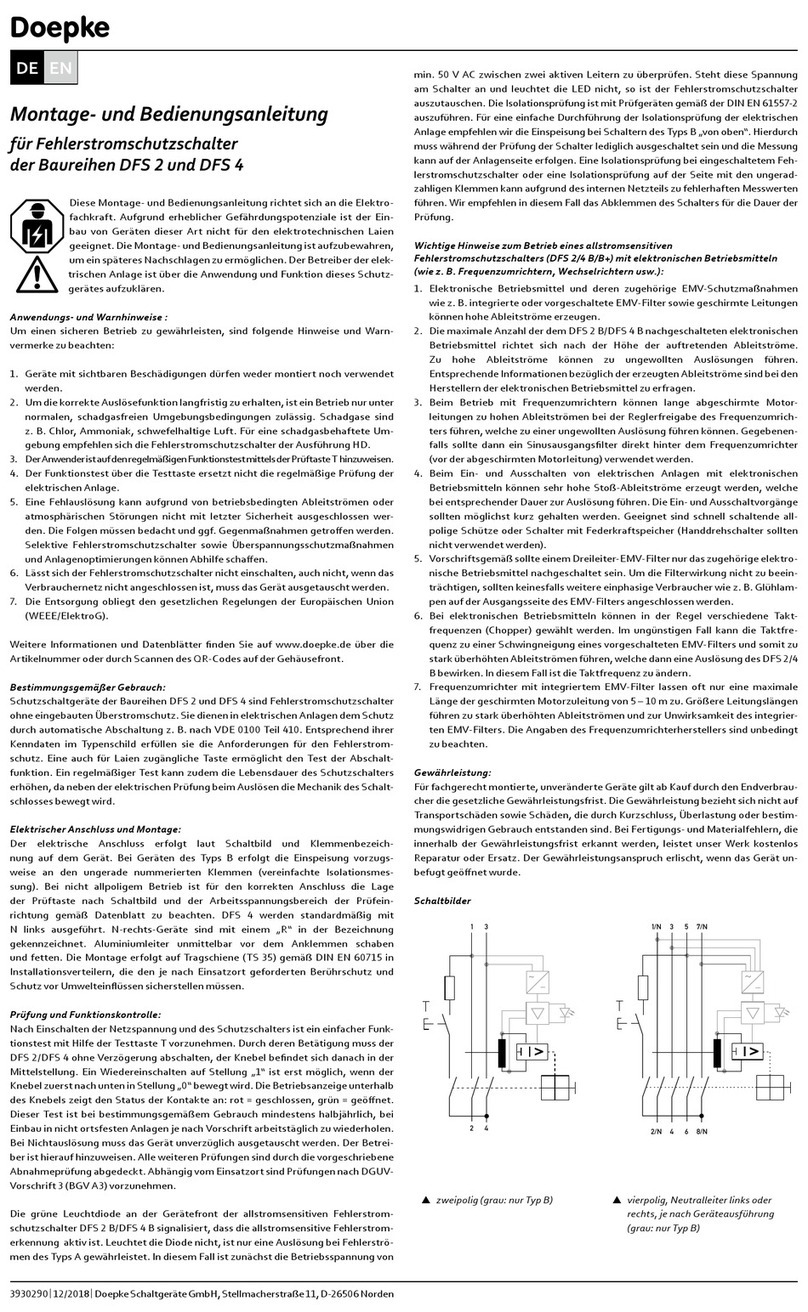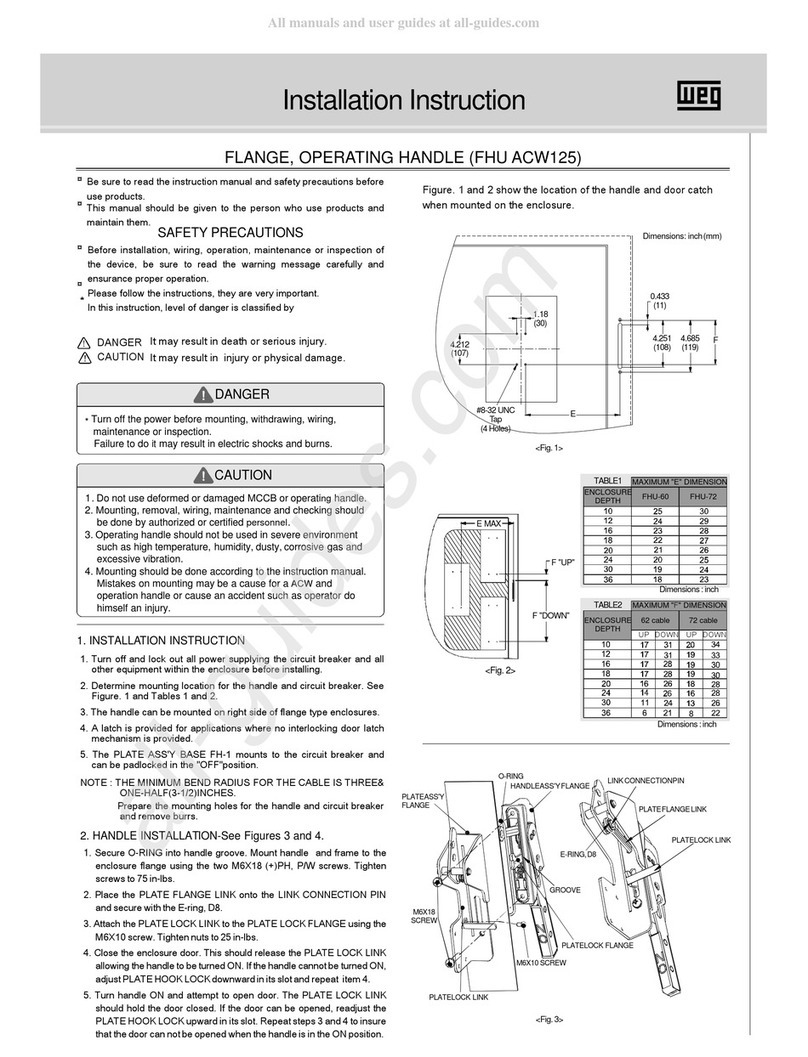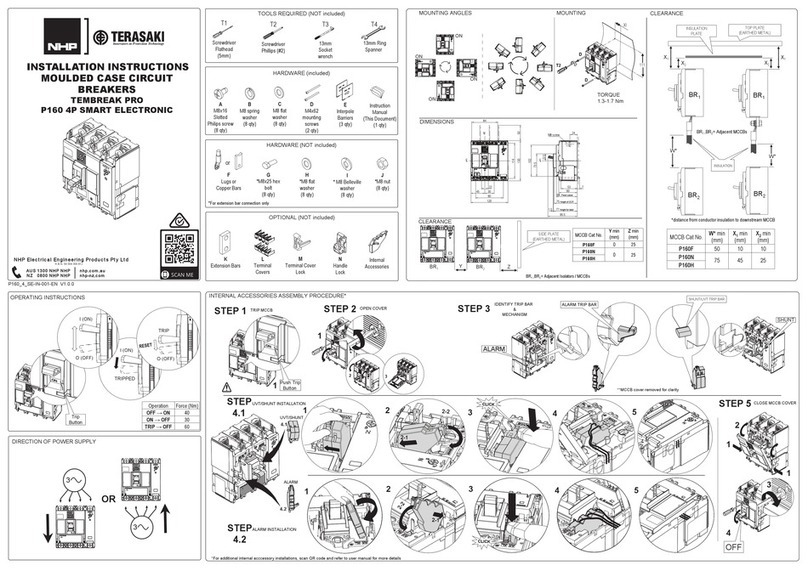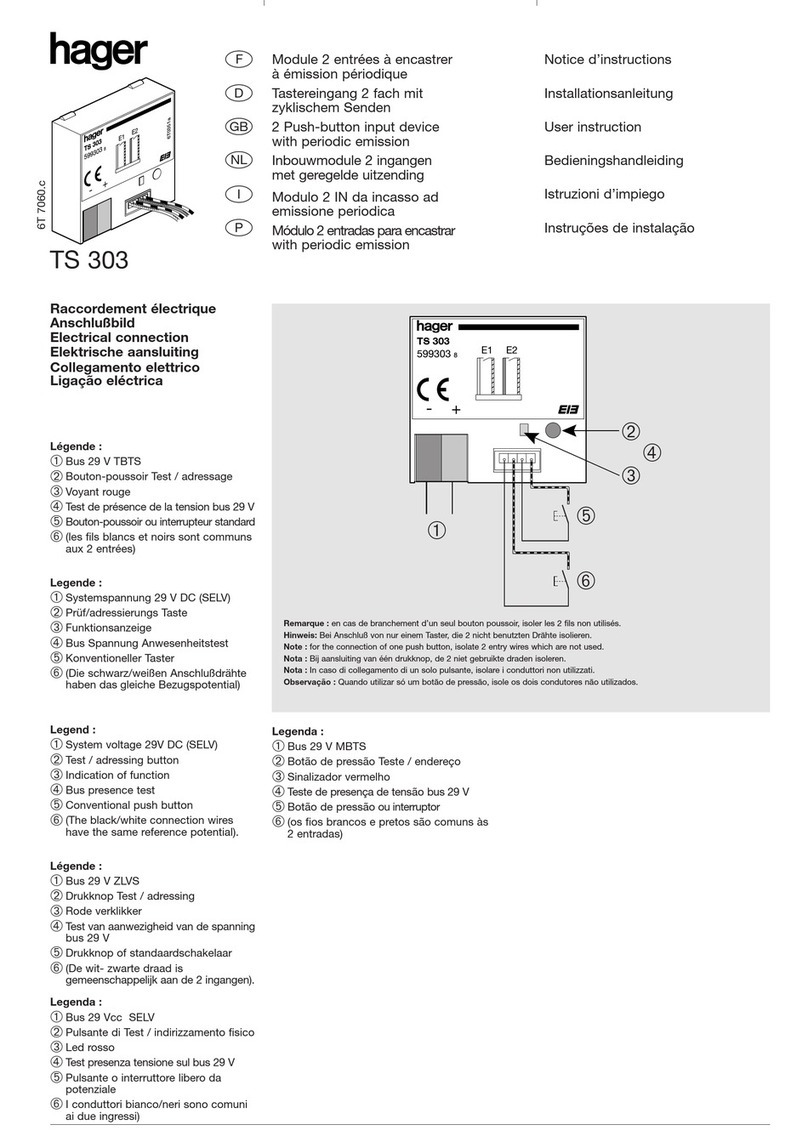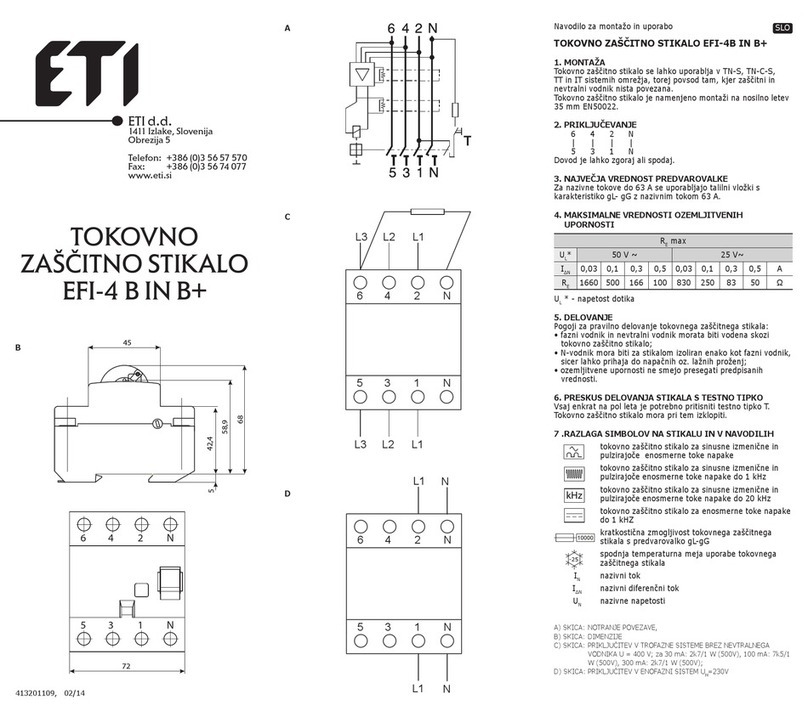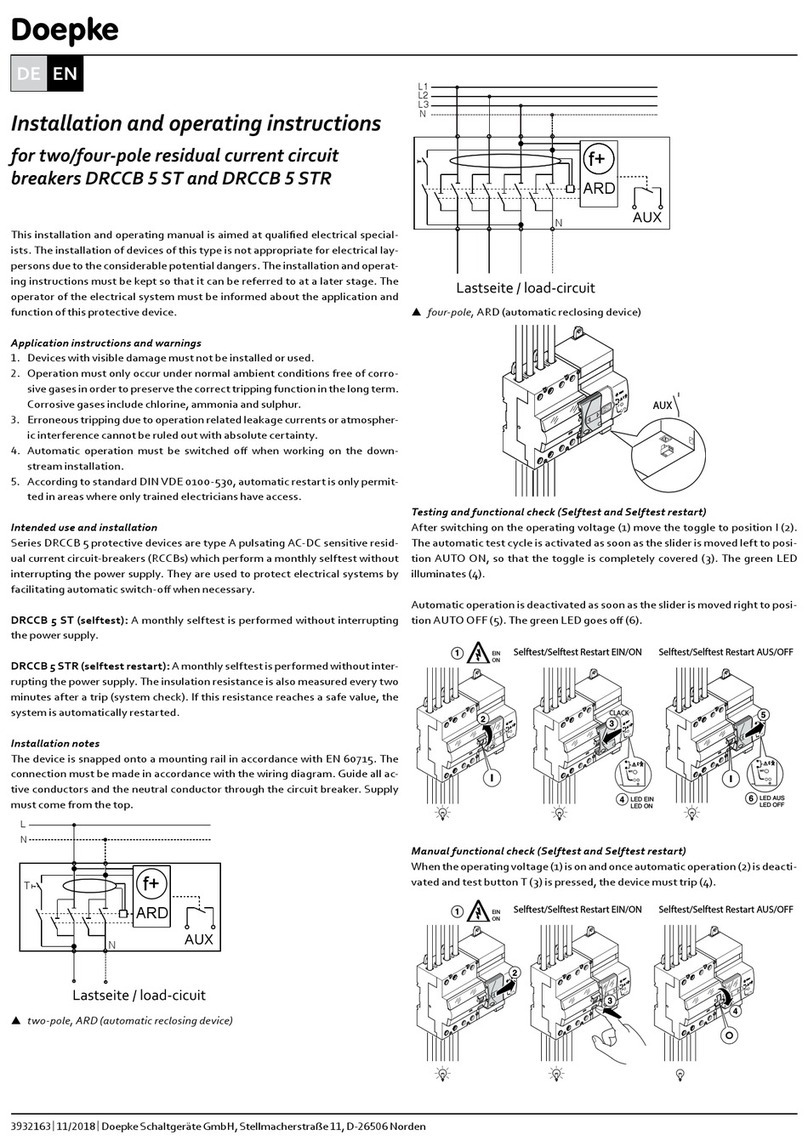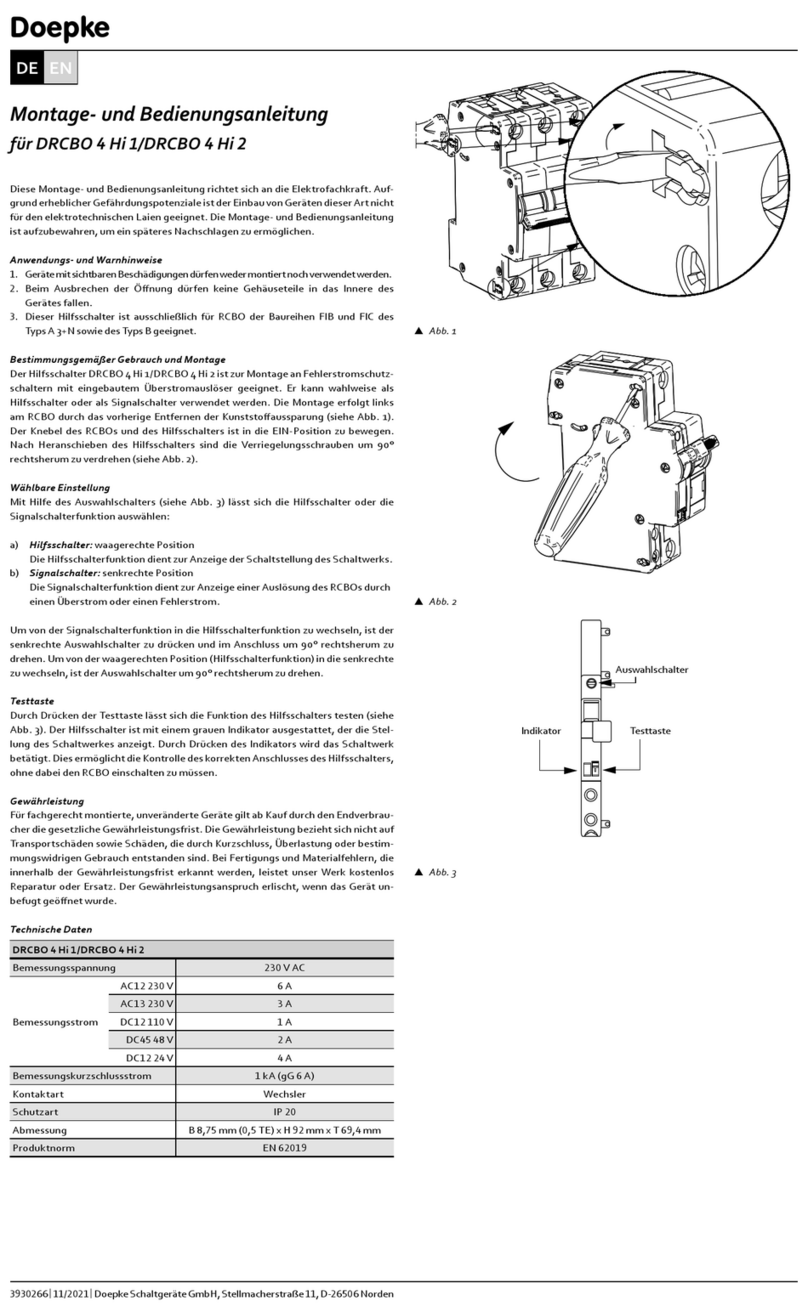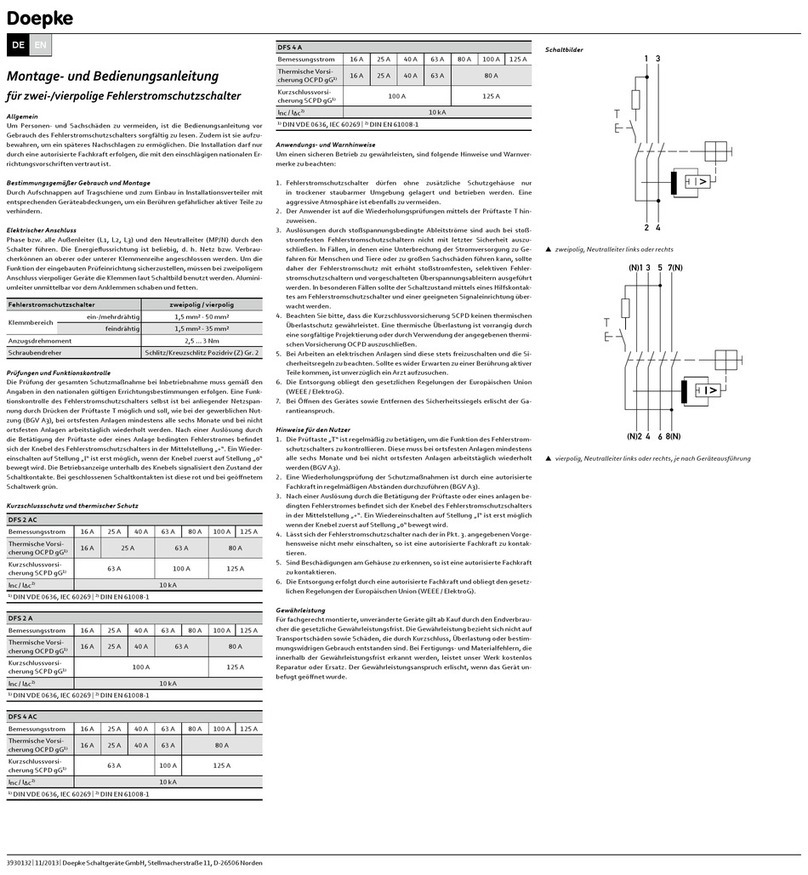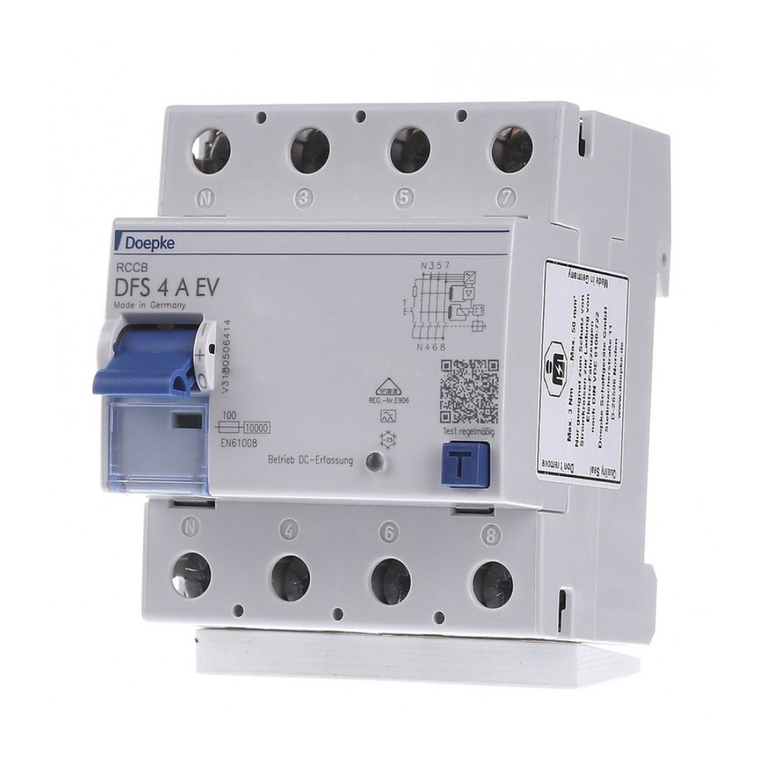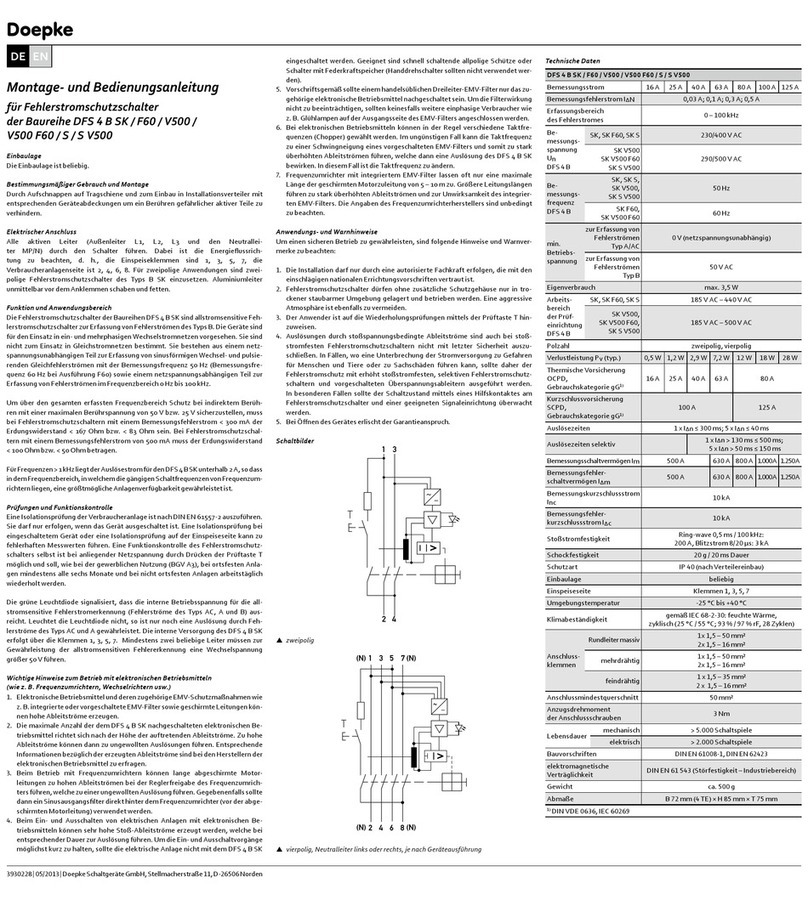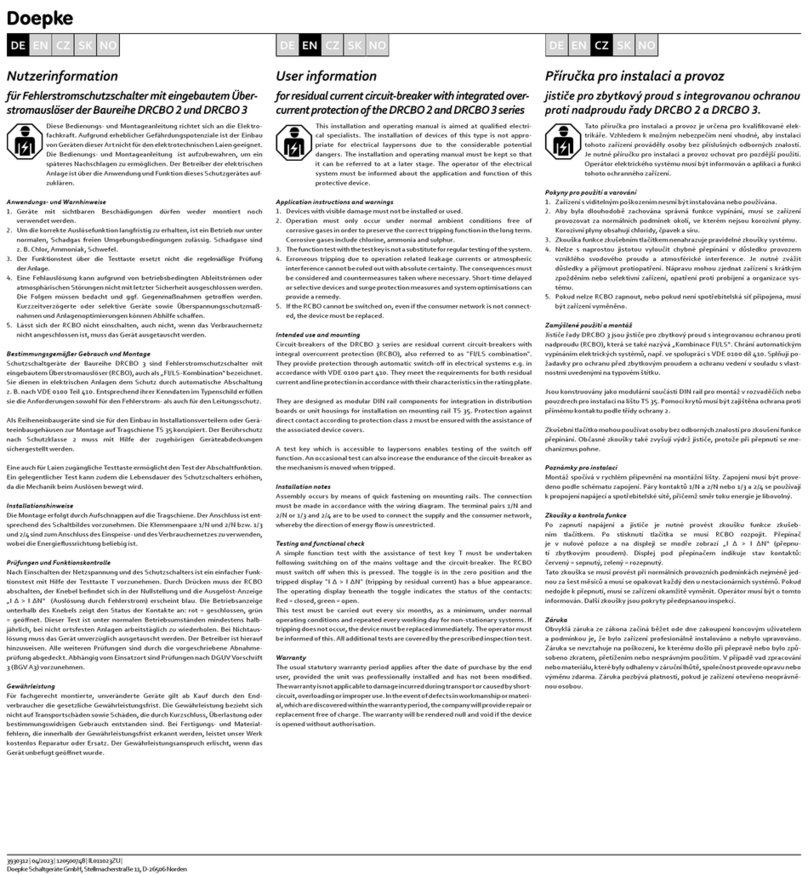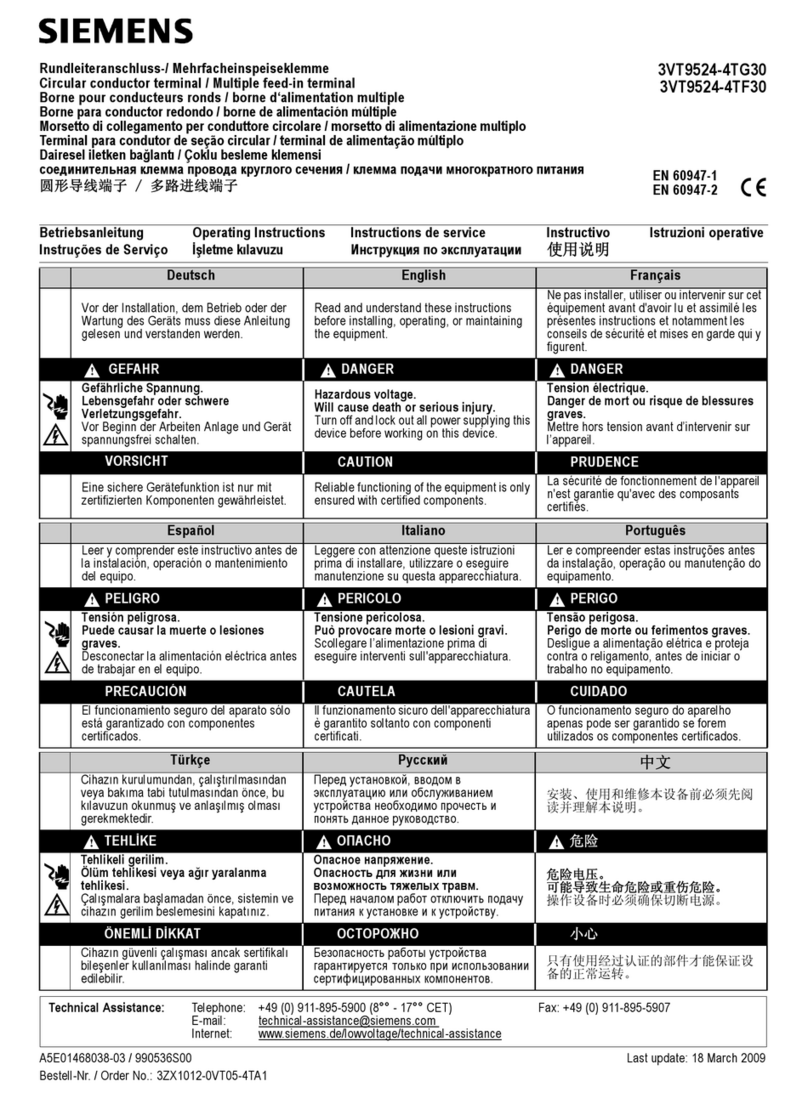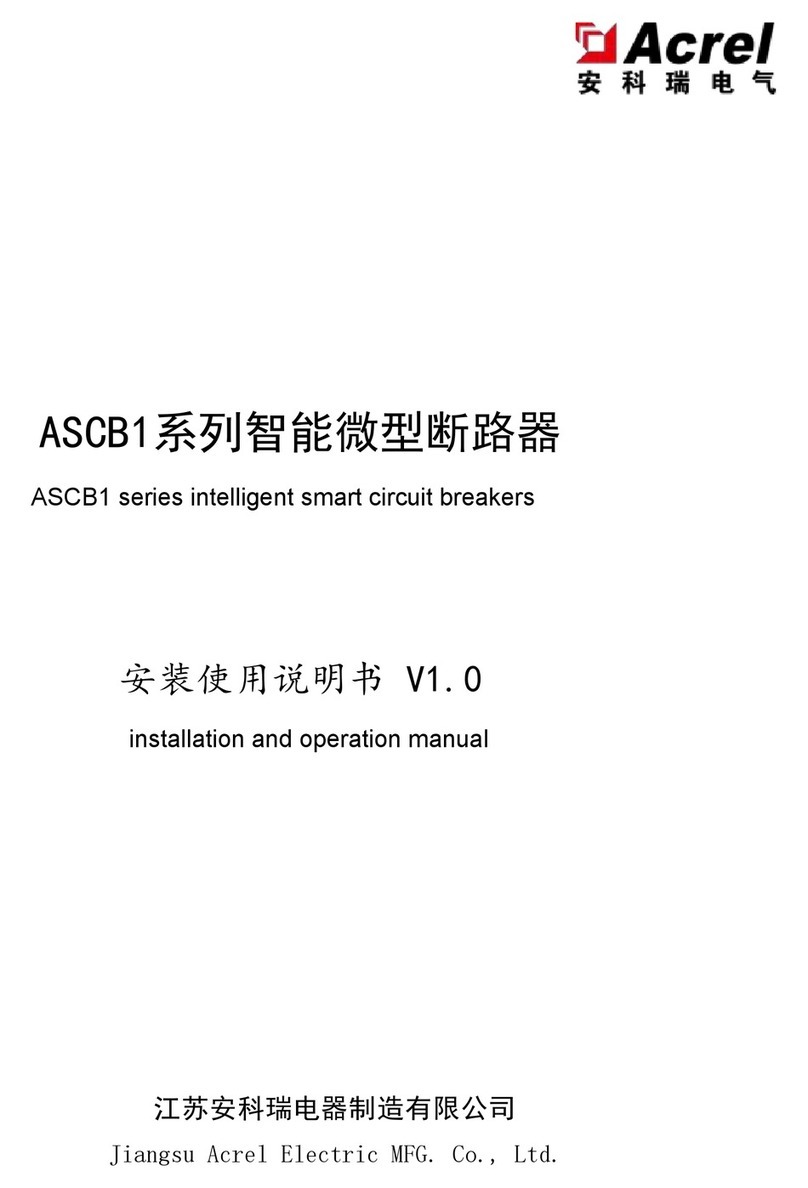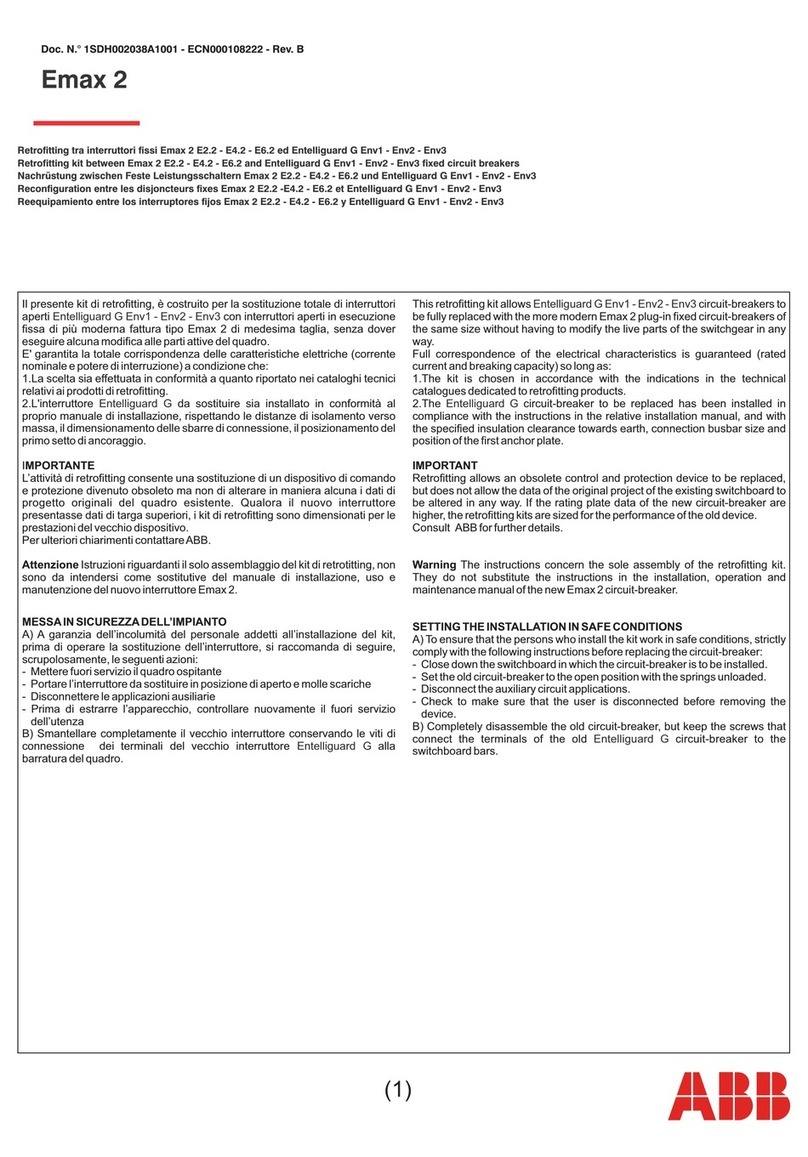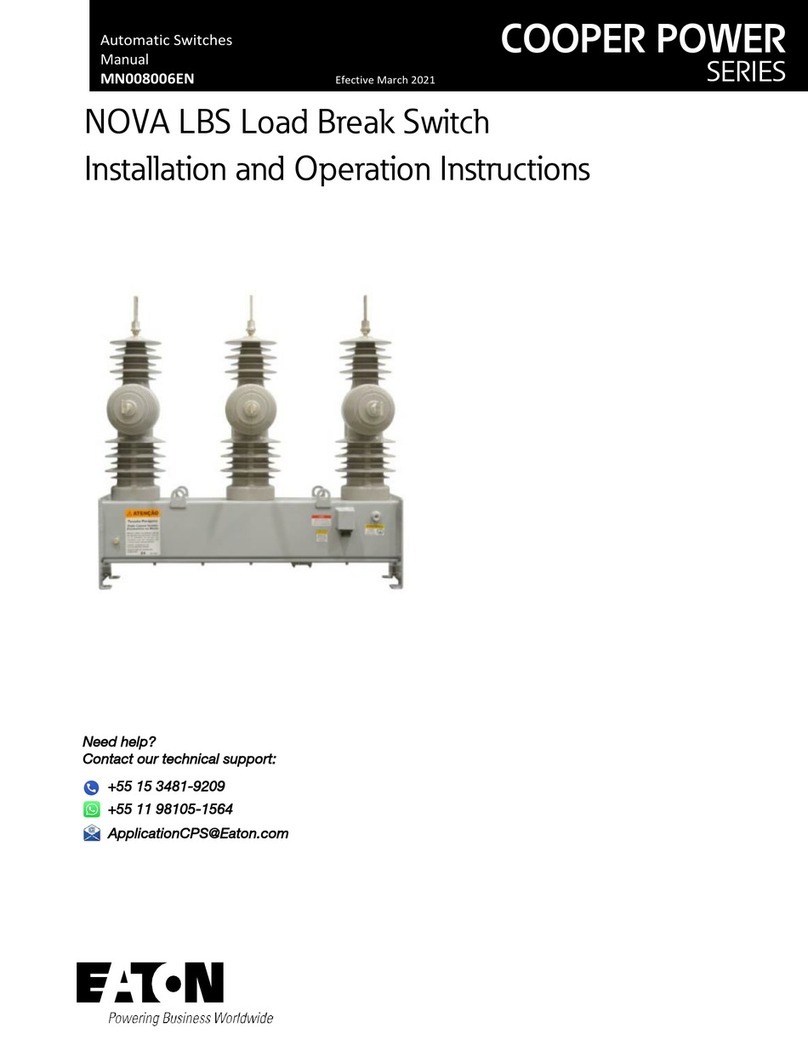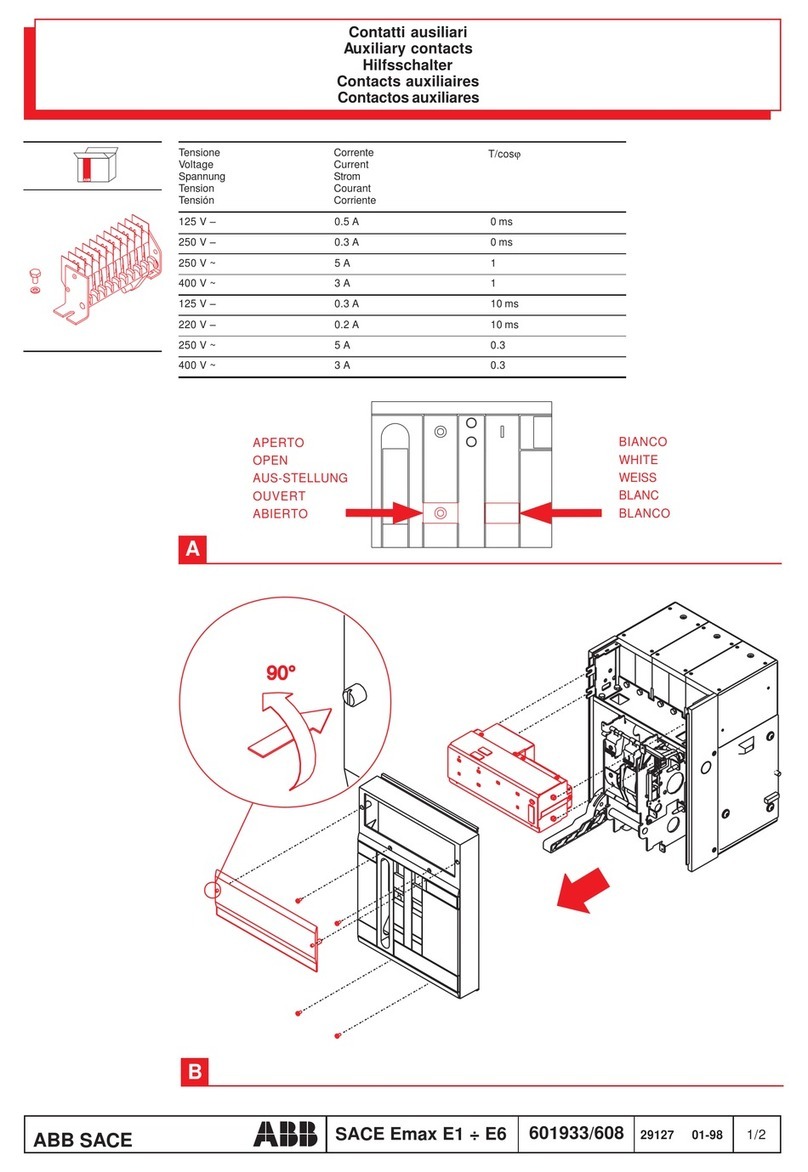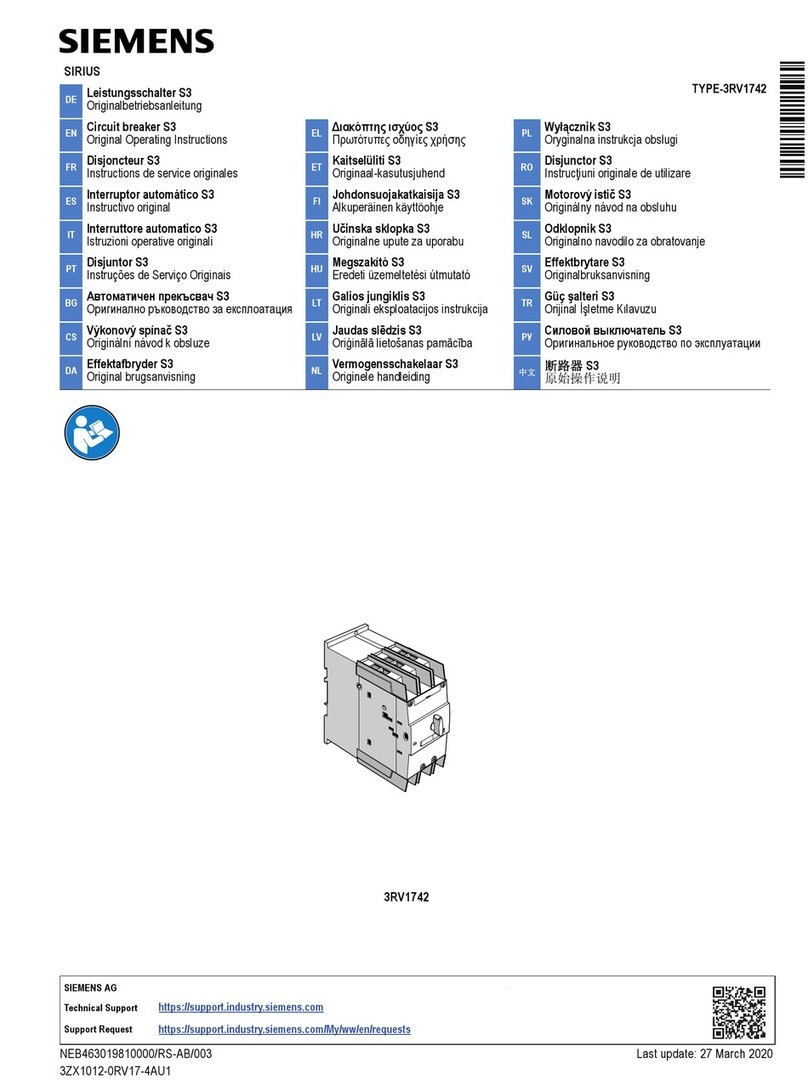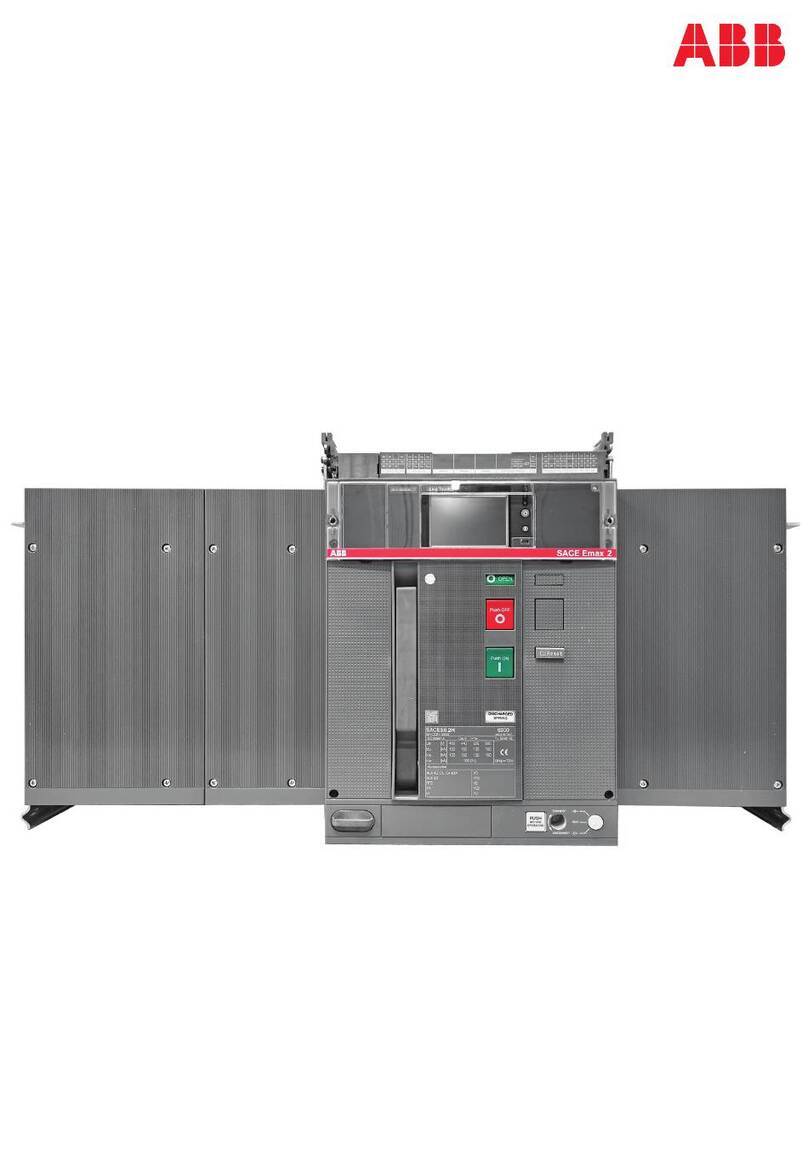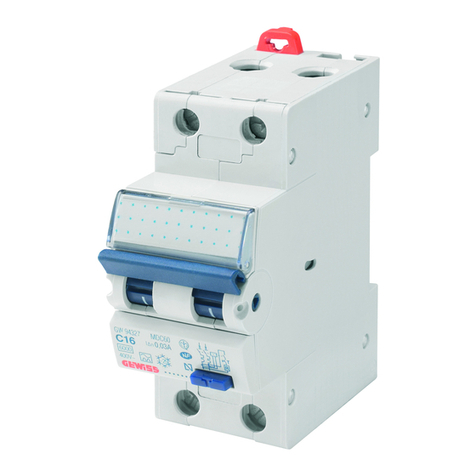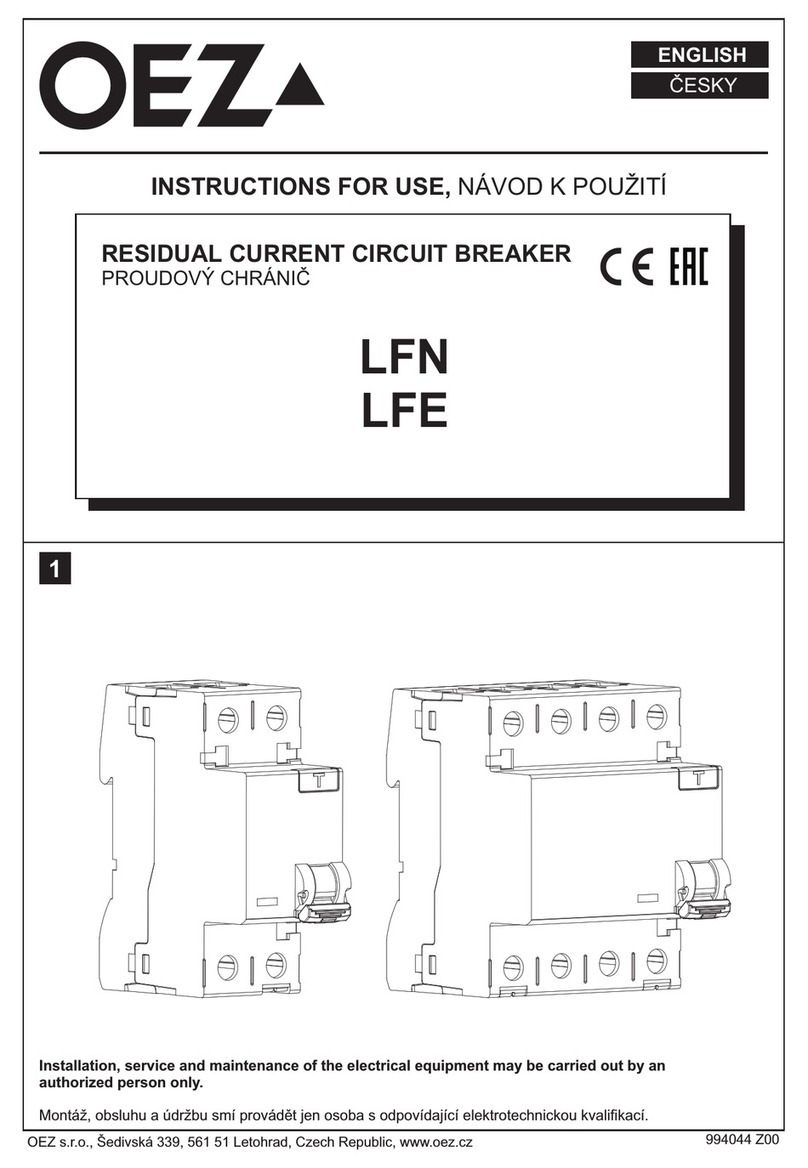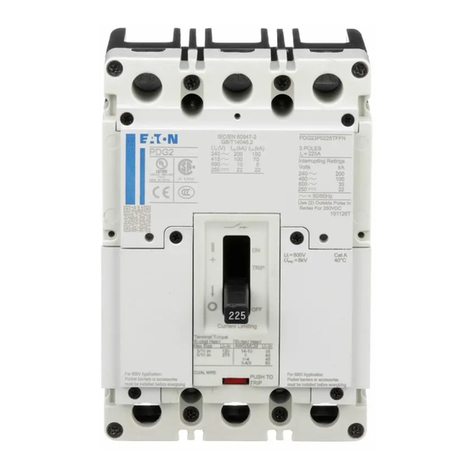
Empfehlungen zur klanglichen Verbesserung der Stromversorgung von Audio-
Anlagen in Verbindung mit dem DFS F Audio:
Die Ausführung der nachfolgenden Empfehlungen darf nur von einer autorisierten
Elektrofachkraft vorgenommen werden, die mit den einschlägigen nationalen Er-
richtungsvorschriften vertraut ist. Die Empfehlungen beziehen sich ausschließlich
auf den Stromkreis zum Anschluss einer Audio-Anlage. Beachten Sie, dass eine nach
den einschlägigen Errichtungsvorschriften korrekt durchzuführende elektrische Ins-
tallation stets Vorrang vor klanglichen Zwecken hat.
»Verwenden Sie einen Außenleiter (L1, L2 oder L3), welcher möglichst von weni-
gen anderen elektrischen Verbrauchern (wie z. B. Leuchten oder Haushaltsgerä-
ten) genutzt wird.
»Verwenden Sie von der Installationsverteilung bis zur Einbausteckdose, an die
Ihre Audio-Anlage angeschlossen ist, möglichst eine separate Installationslei-
tung. An diesem Stromkreis sollten keine weiteren elektrischen Verbraucher
angeschlossen sein.
»Bei Verwendung mehrerer Fehlerstromschutzschalter in einer Installationsver-
teilung sollte der DFS F Audio eingangsseitig möglichst direkt mit den Anschluss-
leitungen von der Zählertafel verbunden werden. Weitere Fehlerstromschutz-
schalter können dann eingangsseitig z. B. mit geeigneten Sammelschienen
verbunden werden.
»Schließen Sie den Phasenleiter, an welche Ihre Audio-Anlage angeschlossen
ist, über eine geeignete Überstrom-Schutzeinrichtung an der Ausgangsseite
(Lastseite) des DFS F Audio an.
»Ein Anschluss mittels Gabelschuh an die obere Anschlussebene für Gabelschuh-
Sammelschienen des DFS F Audio ist ebenfalls möglich. Das Klangbild wirkt dann
etwas feiner, jedoch weniger voluminös.
»Vermeiden Sie beim Anschluss des Neutralleiters, an welche Ihre Audio-Anlage
angeschlossen ist, viele Klemmstellen im Neutralleiterpfad. Ggf. ist es möglich,
den Neutralleiter nicht an die im Installationsverteiler vorhandene Neutralleiter-
Schiene, sondern direkt an die Anschlussklemme des Neutralleiter-Pols auf der
Ausgangsseite (Lastseite) des DFS F Audio anzuschließen. Dadurch gewinnt das
Klangbild an Volumen und Natürlichkeit ohne an Präzision zu verlieren.
»Falls die Installationsleitung zu Ihrer Audio-Anlage in der Installationsverteilung
verlängert oder an Installationsklemmen angeschlossen werden muss, vermei-
den Sie die Verwendung von ferromagnetischen Materialien (z. B. verkupferter
Stahl) als direkte stromführende Teile. Nicht unmittelbar stromführende Teile,
die der mechanischen Befestigung von elektrischen Leitern dienen, wie z. B.
Klemmschrauben aus ferromagnetischem Material, sind hingegen klanglich un-
bedenklich.
Hinweise:
»Nach Installations- und Verdrahtungsarbeiten im Installationsverteiler oder an
Ihrer Audio-Anlage kann das Klangbild zunächst etwas unruhig wirken. Dieses
gibt sich nach einigen Betriebsstunden.
»Im Vergleich zu Standard-Fehlerstromschutzschaltern bewirkt der DFS F Audio
eine Beruhigung und Durchzeichnung des Klangbildes, ohne dass das Klangbild
an Volumen und Musikalität verliert. Die klanglichen Auswirkungen sind jedoch
von vielen Faktoren im Bereich der Stromversorgung einer Audio-Anlage und
natürlich von den Komponenten einer Audio-Anlage abhängig und können daher
variieren.
»Sind Netzlter auf der Ausgangsseite (Lastseite) des DFS F Audio vorhanden,
kann es je nach Art der Filter in wenigen Fällen erforderlich sein, diese vom Netz
zu trennen, falls das Klangbild zwar feinzeichnend aber zu dünn erscheint.
Einspielzeit des DFS F Audio:
»Unmittelbar nach der ersten Inbetriebnahme kann sich zunächst insbesondere im
Tieftonbereich ein schlankeres Klangbild ergeben.
»Nach etwa zwei bis drei Betriebsstunden gewinnt das Klangbild zunehmend an
Volumen.
»Das volle klangliche Potential wird nach etwa 50 – 100 Betriebsstunden erreicht.
In dieser Zeit muss nicht zwangsläug eine Audio-Anlage in Betrieb sein.
»Die Fehlerstrom-Schutzfunktion des DFS F Audio ist selbstverständlich sofort
nach der Installation und zu jeder Zeit gegeben.
Schaltbilder
Szweipolig Svierpolig,
Neutralleiter links
Svierpolig,
Neutralleiter rechts
Montage- und Bedienungsanleitung
für zwei-/vierpolige Fehlerstromschutzschalter
der Baureihe DFS F Audio
Diese Montage- und Bedienungsanleitung richtet sich an die Elektro-
fachkraft. Aufgrund erheblicher Gefährdungspotenziale ist der
Einbau von Geräten dieser Art nicht für den elektrotechnischen Laien
geeignet. Die Montage- und Bedienungsanleitung ist aufzubewahren,
um ein späteres Nachschlagen zu ermöglichen. Der Betreiber der
elektrischen Anlage ist über die Anwendung und Funktion dieses
Schutzgerätes aufzuklären.
Anwendungs- und Warnhinweise :
Um einen sicheren Betrieb zu gewährleisten, sind folgende Hinweise und Warn-
vermerke zu beachten:
1. Geräte mit sichtbaren Beschädigungen dürfen weder montiert noch verwendet
werden.
2. Um die korrekte Auslösefunktion langfristig zu erhalten, ist ein Betrieb nur unter
normalen, schadgasfreien Umgebungsbedingungen zulässig. Schadgase sind
z. B. Chlor, Ammoniak, schwefelhaltige Luft.
3. Der Anwender ist auf den regelmäßigen Funktionstest mittels der Prüftaste T
hinzuweisen.
4. Der Funktionstest über die Testtaste ersetzt nicht die regelmäßige Prüfung der
elektrischen Anlage.
5. Eine Fehlauslösung kann aufgrund von betriebsbedingten Ableitströmen oder
atmosphärischen Störungen nicht mit letzter Sicherheit ausgeschlossen werden.
Die Folgen müssen bedacht und ggf. Gegenmaßnahmen getroen werden.
6. Lässt sich der Fehlerstromschutzschalter nicht einschalten, auch nicht, wenn das
Verbrauchernetz nicht angeschlossen ist, muss das Gerät ausgetauscht werden.
7. Die Entsorgung obliegt den gesetzlichen Regelungen der Europäischen Union
(WEEE/ElektroG).
Weitere Informationen und Produkt-Datenblätter nden Sie auf www.doepke.de.
Bestimmungsgemäßer Gebrauch:
Schutzschaltgeräte der Baureihen DFS 2 und DFS 4 sind Fehlerstromschutzschal-
ter ohne eingebauten Überstromschutz. Sie dienen in elektrischen Anlagen dem
Schutz durch automatische Abschaltung z. B. nach VDE 0100 Teil 410. Entsprechend
ihrer Kenndaten im Typenschild erfüllen sie die Anforderungen für den Fehlerstrom-
schutz. Eine auch für Laien zugängliche Taste ermöglicht den Test der Abschaltfunk-
tion. Ein regelmäßiger Test kann die Lebensdauer des Schutzschalters erhöhen, da
neben der elektrischen Prüfung beim Auslösen die Mechanik des Schaltschlosses
bewegt wird.
Elektrischer Anschluss und Montage:
Der elektrische Anschluss erfolgt laut Schaltbild und Klemmenbezeichnung auf
dem Gerät. Bei nicht allpoligem Betrieb ist für den korrekten Anschluss die Lage der
Prüftaste nach Schaltbild und der Arbeitsspannungsbereich der Prüfeinrichtung ge-
mäß Datenblatt zu beachten. DFS 4 werden standardmäßig mit N links ausgeführt.
N-rechts-Geräte sind mit einem „R“ in der Bezeichnung gekennzeichnet. Die Monta-
ge erfolgt auf Tragschiene (TS 35) gemäß DIN EN 60715 in Installationsverteilern, die
den je nach Einsatzort geforderten Berührschutz und Schutz vor Umwelteinüssen
sicherstellen müssen.
Prüfung und Funktionskontrolle:
Nach Einschalten der Netzspannung und des Schutzschalters ist ein einfacher Funk-
tionstest mit Hilfe der Testtaste T vorzunehmen. Durch deren Betätigung muss der
DFS 2/DFS 4 ohne Verzögerung abschalten, der Knebel bendet sich danach in der
Mittelstellung. Ein Wiedereinschalten auf Stellung „1“ ist erst möglich, wenn der
Knebel zuerst nach unten in Stellung „0“ bewegt wird. Die Betriebsanzeige unterhalb
des Knebels zeigt den Status der Kontakte an: rot = geschlossen, grün = geönet.
Dieser Test ist bei bestimmungsgemäßem Gebrauch mindestens halbjährlich, bei
Einbau in nicht ortsfesten Anlagen je nach Vorschrift arbeitstäglich zu wiederholen.
Bei Nichtauslösung muss das Gerät unverzüglich ausgetauscht werden. Der Betrei-
ber ist hierauf hinzuweisen. Alle weiteren Prüfungen sind durch die vorgeschriebene
Abnahmeprüfung abgedeckt. Abhängig vom Einsatzort sind Prüfungen nach DGUV-
Vorschrift 3 (BGV A3) vorzunehmen. Die Isolationsprüfung ist mit Prüfgeräten ge-
mäß der DIN EN 61557-2 auszuführen.
Gewährleistung:
Für fachgerecht montierte, unveränderte Geräte gilt ab Kauf durch den Endverbrau-
cher die gesetzliche Gewährleistungsfrist. Die Gewährleistung bezieht sich nicht auf
Transportschäden sowie Schäden, die durch Kurzschluss, Überlastung oder bestim-
mungswidrigen Gebrauch entstanden sind. Bei Fertigungs- und Materialfehlern, die
innerhalb der Gewährleistungsfrist erkannt werden, leistet unser Werk kostenlos
Reparatur oder Ersatz. Der Gewährleistungsanspruch erlischt, wenn das Gerät un-
befugt geönet wurde.
Doepke
3930292 |11/2019 | Doepke Schaltgeräte GmbH, Stellmacherstraße 11, D-26506 Norden
DE EN

